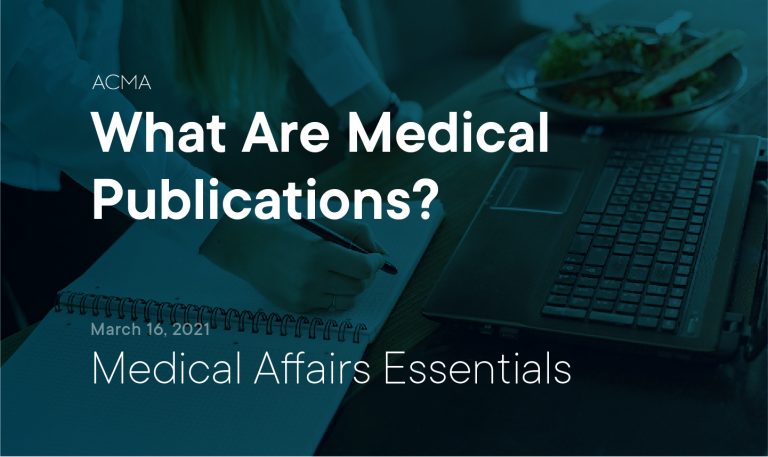By now, most of us know that how you say something is much more important than what you actually say. As a matter of fact, psychology and communication experts found that your tone, rate of speech and non-verbal gestures comprise about 80% of what listeners perceive about us as people. Nobody wants to be a boring medical science liaison (MSL).
For MSLs, being a superb communicator who can articulate information in an accurate but also engaging manner is critical. Here are 5 things you can do to be an engaging MSL:
1. Be Dynamic
If you’ve ever watched actors getting interviewed, many of them are animated and dynamic. Of course, as an MSL, there is a fine line between being dynamic and being over-the-top animated. However, using inflection in your voice, shifting your tone, and varying your rate of speech can help make what you are communicating much more engaging to your key thought leaders (KTL/KOLs). Next time you meet with one of your healthcare providers (HCPs), try taking your communication style up a notch by being a bit more excited, dynamic, and engaging. Word of caution: know your audience. Be able to judge whether or not that style of communication will best suit the individual(s) or groups you are presenting or speaking with.
2. Use Story Gaps
Story gaps are used to keep people in suspense. For example, “I know we discussed data from ABC Trial last time. There is something I wanted to share with you that is fascinating. I believe you may find it very interesting that…” This leaves the listener wanting to hear more. This is a surefire way to avoid becoming a boring medical science liaison. Try it next time you’re with one of your external stakeholders.

3. Prepare, Prepare, Prepare
Nothing is worse than getting blindsided at a KOL meeting. There isn’t much to say here other than make sure you research and prepare properly before visiting with a KOL. Recent publications? Politics? Internal communications with one of your colleagues? Sometimes this information is in your CRM and sometimes it isn’t. Be sure to prepare beforehand so you don’t run into any surprises.
4. Know Your Stuff
You may not have treated patients for some time or you may not have conducted research in a few years since you started your MSL role. Regardless, keep up to date with the literature. Your first impression is sometimes all you get. Make it count. It goes without saying that you should know and present your company’s data better than anyone.
Sign Up For a Free Course
Sign up and get access to our free course: Diversity in Clinical Trials
Enroll in free course5. Be Considerate
Being a boring medical science liaison means you haven’t left an impression on the HCP/KOL. But sometimes, it’s doing the little things that will make you memorable. Here’s a story told to us from an MSL:
I will never forget what one doctor told me. I had an appointment with him and he saw that I was waiting patiently in his office for over 45 minutes as he was running behind with patients. While I waited there, I saw that there were pharmaceutical representatives that had come in and out and just wanted his “signature.”
Finally, he came over, sat down and said to me, “Before we start, I just want to say how much I appreciate your patience. You were very considerate and waited here, didn’t interrupt me and I will remember that.” Sure enough, he did remember. We ended up developing a great relationship and he contributed to important research studies for the company for years to come.
If you really want to up your game and avoid becoming a boring medical science liaison, become a board certified medical affairs specialist (BCMAS). Learn why 87% of KOLs find certified medical affairs professionals more engaging, credible and knowledgeable.



